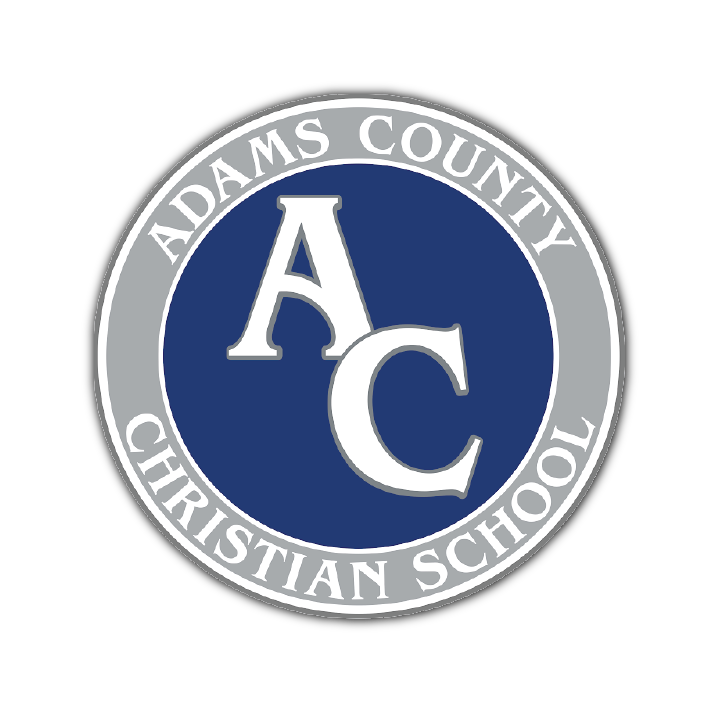F1 Won’t Return to Indianapolis in 2008
Published 12:00 am Monday, December 26, 2005
INDIANAPOLIS – Formula One’s latest attempt at extending its global popularity to the United States has been put on hold because the U.S. Grand Prix won’t be back at the Indianapolis Motor Speedway next year.
Speedway CEO Tony George said Thursday he and F1 boss Bernie Ecclestone agreed not to schedule the event for 2008. The only U.S. race on the F1 schedule had a troubled eight years, including a 2005 fiasco when most drivers didn’t start the race. It drew by far the smallest crowds of the speedway’s events.
George, who had set Thursday as the deadline for reaching an agreement to extend the contract with F1, said he did not believe a U.S. Grand Prix would be held elsewhere next year, but that such a decision would be up to Ecclestone.
“We did agree it was prudent to try and leave the door open for the future,” George said. “My sincere hope is that we will have an opportunity to bring it back in the not-too-distant future.”
Ecclestone had repeatedly said F1 did not need to race in the United States, although he mentioned the possibility of moving the U.S. Grand Prix to New York or Las Vegas.
George said Thursday it was a “great disappointment” that F1 would not be returning next year to the 2.6-mile, 13-turn road course that was built inside the speedway’s famous oval to attract the series.
“It’s tough to have a hiatus,” he said.
Indianapolis will lose out on the economic impact that thousands of F1 fans _ many from outside the country _ had brought to the city.
“We are certainly disappointed in the loss of Formula One in Indianapolis,” Mayor Bart Peterson said in a statement. “But it was a business decision between Tony George and Bernie Ecclestone. I have full faith in Tony George and know that he will continue to do what’s best for the speedway and the city of Indianapolis.”
While attendance figures are not released at Indianapolis, its F1 crowds have been among the biggest on the circuit _ estimated around 125,000 each of the past six years. The inaugural race in 2000 drew more than 200,000.
But those crowds have left empty large parts of the track’s grandstands that are filled for the Indianapolis 500 and NASCAR’s Allstate 400 at the Brickyard.
The race attracted core F1 enthusiasts, George said, but it struggled to attract casual fans.
“The challenge is building on that,” he said, adding that more consistent national exposure and title sponsors should be a part of bringing F1 back.
“I think the future will depend on recognizing the fact that the United States is a bit different and to the extent it is important we’re going to have to figure how to work it out,” George said.
Before arriving in Indianapolis in 2000, F1 last had a U.S. race in 1991 after being a regular visitor since 1959. It raced with varied success in Detroit; Las Vegas; Dallas; Phoenix; Sebring, Fla.; Riverside, Calif.; Watkins Glen, N.Y.; and Long Beach, Calif.
The race faced several difficulties during its time in Indianapolis _ most prominently when 14 of the 20 drivers pulled off the track just before the start of the 2005 race over concerns about the safety of the Michelin tires used by seven teams. Afterward, George refused to wave the checkered flag or join Michael Schumacher in the winner’s circle.
Angry fans sued, saying F1 and the teams were obligated not only to put on a race, but to put out their best efforts to make it exciting. A federal appeals court later upheld a judge’s dismissal of the class-action lawsuit.
Last year’s negotiations to extend the deal dragged into August before the two sides agreed on a one-year pact. Speedway officials had said they wanted a more permanent solution this time.
Despite F1’s absence, the speedway could still be the site of three races next year, as track officials expect to announce a deal with MotoGP, the international motorcycle racing series, next week.
A service of the Associated Press(AP)





